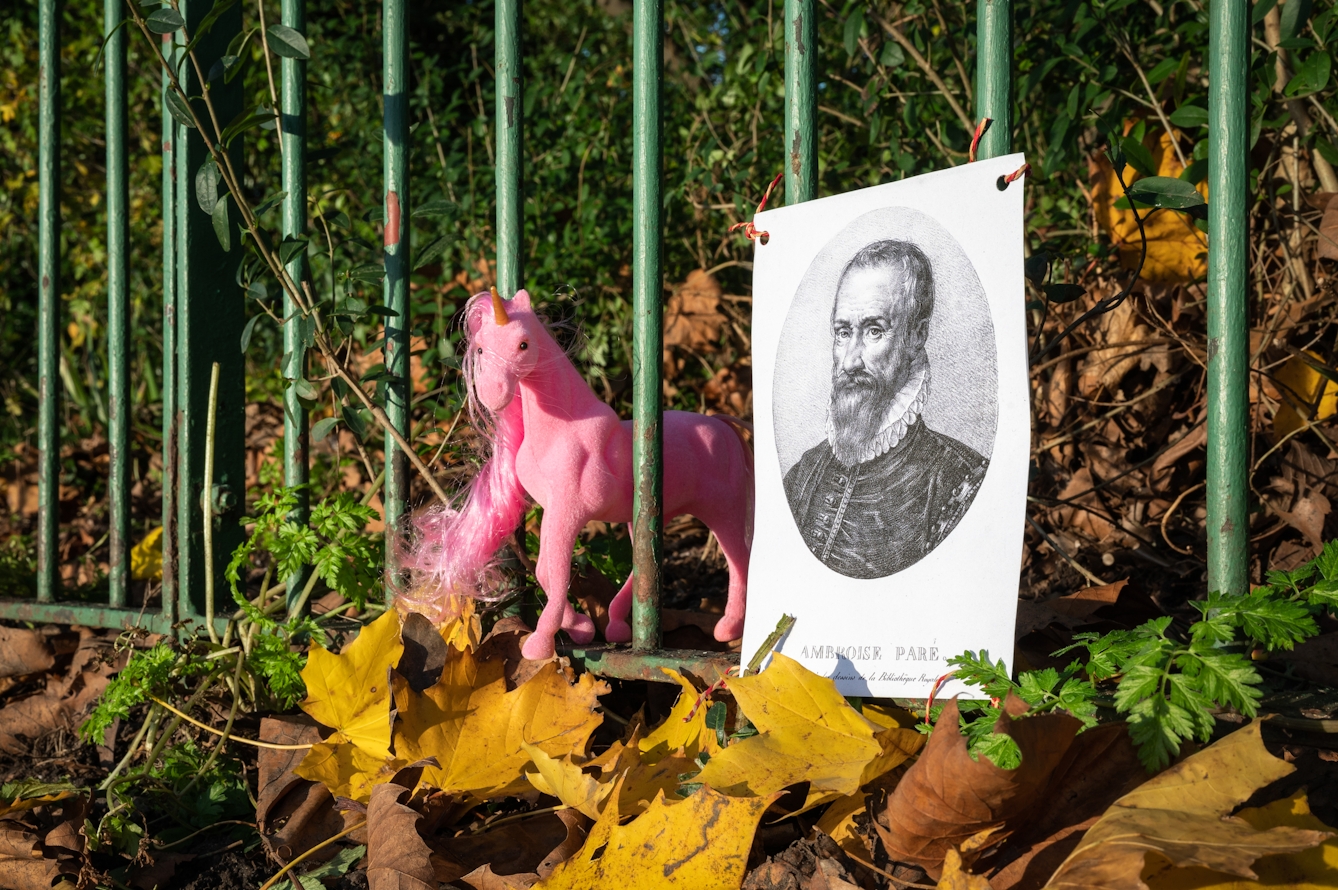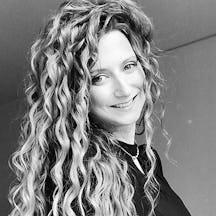Surgeon and royal doctor Ambroise Paré was one of the leading medical figures of the 16th century. In his final decade he was drawn into a protracted debate about the use of unicorn horn in medicine, where his clear voice of reason spoke out against unproven quack remedies of the time.

Ambroise Paré (1510–90), a pioneering surgeon who influenced the state of the early modern medical world, is one of the best-known medical figures in history. His service to four French Valois kings and his knowledge of surgery, anatomy and medicine made his career one of the most notable of his time. But Paré was also a man who attracted the criticism of others.
In 1580 Paré was treating the knight Christofle des Ursins following a serious injury he sustained falling from his horse. During his recovery, des Ursins often asked Paré why he didn’t use famous remedies of the time, such as one made from human flesh mummified in honey or a potion made of unicorn horn. Paré replied that he did not believe in the benefits of such remedies and that “old Jews, Arabs, Chaldeans, Egyptians had not embalmed their dead for Christians to eat them”. Des Ursins was surprised by such revelations and encouraged Paré to write more on the topic.
Two years later, Paré, now 72 years old, published ‘Discourse on the Unicorn’ (1582), which he dedicated to des Ursins. As the favourite surgeon of King Henri III of France and Catherine de Medici, Paré had little to fear from his many rivals and Parisian peers, who attacked him for writing about topics “he had no competence of”. Nevertheless, the scandal generated by this work could have had potentially devastating repercussions on the surgeon’s career.

“Des Ursins often asked Paré why he didn’t use famous remedies of the time, such as one made from human flesh mummified in honey or a potion made of unicorn horn.”
A fabled thing
Paré’s discourse controversially questioned the very existence of unicorns as well as the supposed healing properties of its horn, which was used in many medical remedies (which actually contained walrus or narwhal tusk, or rhinoceros horn). At the start of his work Paré reminded his readers that despite many authors, travellers and philosophers – such as Aristotle and Marco Polo – believing in the existence of the unicorn, not one of them could agree on what this mythical creature actually looked like.
I do not believe in the existence of unicorns and therefore the remedy of the horn of the unicorns cannot be real.
“Some said it looked like a horse, others said it looked like a donkey, others claimed it looked like an elephant. Some claim that there is more than one unicorn species.” For Paré, it was “a fabled thing” that had never been – and could never be – proven.
Paré related that he was not the first person to raise concerns regarding the existence of unicorns. Fellow medical men Christofle Landré, Guillaume Rondelet and Jean Duret had all explained that they’d never found any “virtue nor remedy against venoms or other forms of illnesses”. For the great surgeon, the obsession with the horn of the unicorn was based on myths and legends “entrenched in the brains of princes and of the people for centuries”.

“Paré’s discourse controversially questioned the very existence of unicorns as well as the supposed healing properties of its horn.”
Paré had already debunked several myths prior to ‘Discourse on the Unicorn’ in his 1579 ‘Book of Venoms’. In this book he wrote, “The unicorn is something more imagined than real and natural,” continuing with, “I do not believe in the existence of unicorns and therefore the remedy of the horn of the unicorns cannot be real.” It was the controversy around this statement that prompted him to write more on the topic in 1582.
In 1583, an anonymous author – most believe it to have been either the botanist Jacques Daléchamps or a surgeon named Mr Légion – wrote ‘A Response to Ambroise Paré’s Discourse regarding the use of the unicorn’. In this account Paré was accused of “not being able to be a judge” and even compared to Lucifer.
The truth of the matter
Paré decided to launch a counter-attack via his ‘Retort of Ambroise Paré to the response made against his discourse of the unicorn’, but his style was nonchalant. Indeed, Paré did not seem particularly concerned by the accusations, writing, “Putting aside the animosities of this discourse, which I consider to have escaped him [the anonymous author and Paré’s detractor], more for the zeal he has for the truth than for the opinion he has of me,” before continuing, “If he wants to oppose my work, he should move past the animosities he has against me.” This was not, however, the end of the controversy.

“Paré still attracted vitriolic criticism and yet despite this, he remained convinced that he had to inform his patients, and the public in general, of what he believed to be true.”
Mr Grangier, Dean of Medical Schools in Paris, also attacked Paré’s works and claims, accusing him of undermining the work of apothecaries and advising him to “focus on surgery” where his “true skills” were. Others also rebuked Paré, claiming he was a fraud who had no authority to write on such matters, and that “the remedy based on the horn of the unicorn had been known for centuries”. In response, Paré stated that having been used “for a long time is not enough to prove that the horn of the unicorn has the virtues attributed to it”.
His opponents attempted to involve Henri III of France and Catherine de Medici in the medical scandal, insisting that Paré was embarrassing them. The French rulers, however, had religious tensions to deal with, and did not care much for the petty dispute. Henri and Catherine had trusted and valued Ambroise Paré’s surgical and medical abilities for decades, and – much to the great regret of Paré’s enemies – his view on the horn of the unicorn was not something that preoccupied them in the slightest.
The controversy surrounding ‘Discourse on the Unicorn’ shows that even after decades of medical victories and royal favours, Paré still attracted vitriolic criticism from his counterparts. Yet despite this, Paré remained convinced that he had to inform his patients, and the public in general, of what he believed to be true. His work did not prevent people from buying unicorn horns from apothecaries or from physicians continuing to recommend it, but it did demonstrate that Paré never hesitated to challenge the widely held belief within the medical community.
About the contributors
Estelle Paranque
Dr Estelle Paranque is lecturer in Early Modern History at the New College of the Humanities at Northeastern and an honorary research fellow at the University of Warwick. She is the author of ‘Elizabeth I of England Through Valois Eyes’ and has published several essays and journal articles.
Kathleen Arundell
Kathleen is a freelance photographer working in the culture and heritage sector. She works in a range of museums across London, and loves all things science and art.

